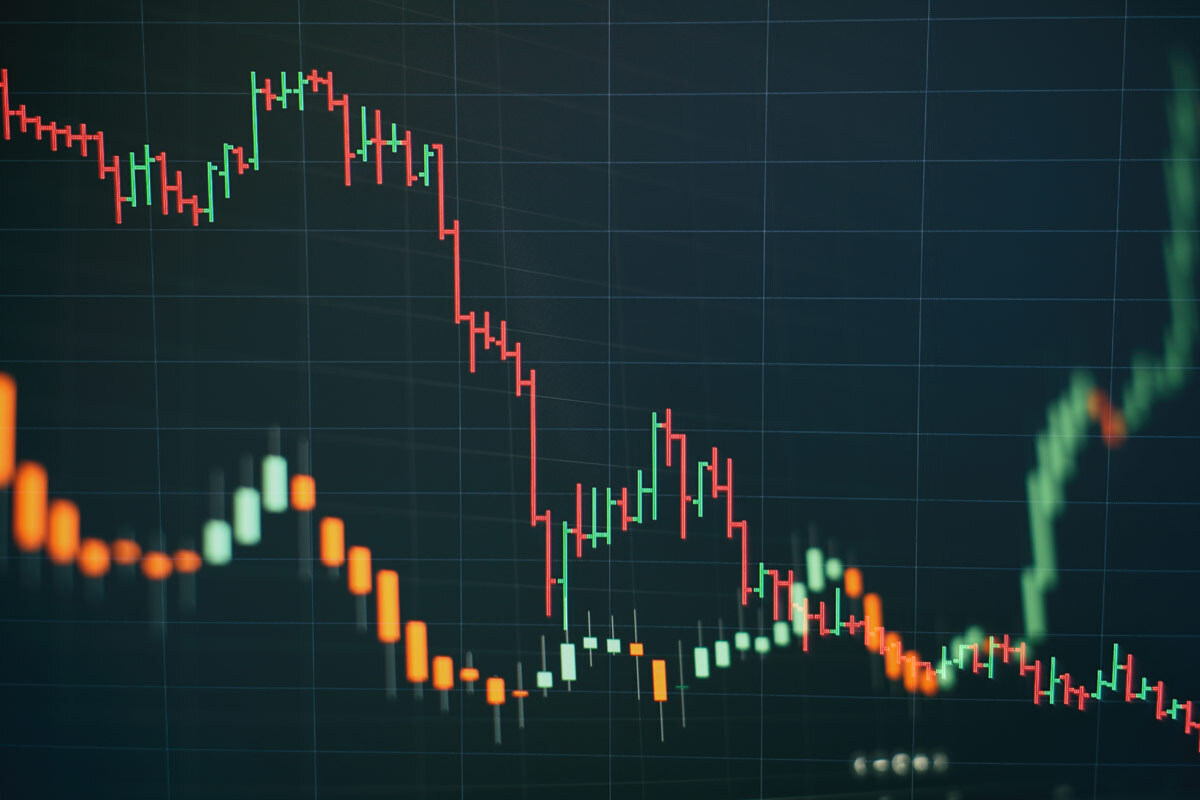Though it’s a common practice, stock short selling has often been maligned, leading to attempts to curtail the practice during financial crises since the investor who short sells typically profits while the security’s other investors struggle.
The practice occurs when an investor predicts a stock’s price will fall and so borrows shares to sell in the open market with the intention of buying back the stock at a lower price — thereby profiting from the difference when they return the shares to the borrower. Yet despite a reputation for only benefiting the short seller, closer analysis appears to reveal that short selling actually provides a necessary service for the whole financial ecosystem.

A new paper by Paul Schultz, the John W. and Maude Clarke Professor of Finance at the University of Notre Dame’s Mendoza College of Business, explores how companies often benefit from exploiting overpriced stocks that are difficult to short sell. The paper, “The Response to Share Mispricing by Issuing Firms and Short Sellers,” is published in the Journal of Financial and Quantitative Analysis.
“Short sellers are not the bad guys that they're portrayed to be,” said Schultz, who discusses share repurchasing in his corporate finance course. “If a stock is overpriced, it's a good thing if short sellers can bring the price back down to its true value.”
Schultz became intrigued by share mispricing when he was studying why volatile stocks tend to perform badly and realized that short selling data might have the answer. Recognizing that firms buy and sell their own shares for myriad reasons, he speculated that they likely do so in part to exploit share mispricing and enrich their shareholders. Additionally, even if there are other reasons for transacting in their own shares, misvaluation can explain the timing.
“Because you can’t sell short unless you borrow the shares, it's very costly and short sellers are only going to short if they think they can make up the fees,” said Schultz. “So high short selling fees are a predictor of stock returns because if the short selling fees are high, you can expect the stock to perform poorly over the next few months.”
For short sellers, the high fees can make the poorly performing stock challenging to exploit, but for institutions it can still be profitable. “If they’re lending their shares out, they’re collecting those high fees,” he explained. “So companies don't really care if the stock might go down in the future because they can issue stock and sell their shares when the stock is overpriced and profit that way.”
To test this assertion that mispricing is an important motive for firms to transact in their own shares, Schultz culled data from IHS Markit to study the share lending practices of lending agents, prime brokers and other financial institutions that were active on the lending market between 2006 and 2019. He found that as short selling fees increased and stocks then became overpriced, companies were more likely to conduct a seasoned equity offering (SEO) and issue new shares. Alternatively, when a stock was not as difficult to borrow and was therefore undervalued or at the very least fairly priced, companies were more likely to repurchase their stock.
“If you sell your stock for a higher price than it's worth, then the current shareholders, which includes the management, will be better off,” said Schultz.
He also addresses previous literature that argues that after a firm issues an SEO, the stock will perform poorly for roughly three years. “I'm finding that's the case, but only for the companies that issue stock when their stock is hard to borrow,” he said. This doesn’t appear to happen for firms that aren’t intentionally exploiting mispricing, such as when a company sells shares to make cash for investments or other projects. In these cases, the high borrowing fees aren’t there to deter short sellers. “The stocks which tend to underperform after their SEOs are the hard to borrow stocks, where companies may be trying to exploit mispricing.”
Still, firms are often reluctant to take advantage of share mispricing because SEOs are expensive and take time to initiate due to the legal hurdles involved. But when the mispricing is significant, Schultz has found that companies are attempting to exploit it.
“It’s pretty direct evidence that the difference between the frequency of SEOs and the frequency of repurchases varies based on how hard the stock is to borrow,” he said, adding that investors may want to shy away from SEOs. “If a company sells stock, you may want to check to see if that stock is hard to borrow before you invest.”
Despite its negative reputation, Schultz believes that making short selling cheaper and easier would have positive benefits. “If short sellers are unable to bring a stock’s price down because it's hard to borrow, then you have companies selling overpriced stock to the public,” he said. “It’s a good outcome for the current shareholders of the company, but not a good outcome for public investors. So short sellers are performing a valuable function.”
